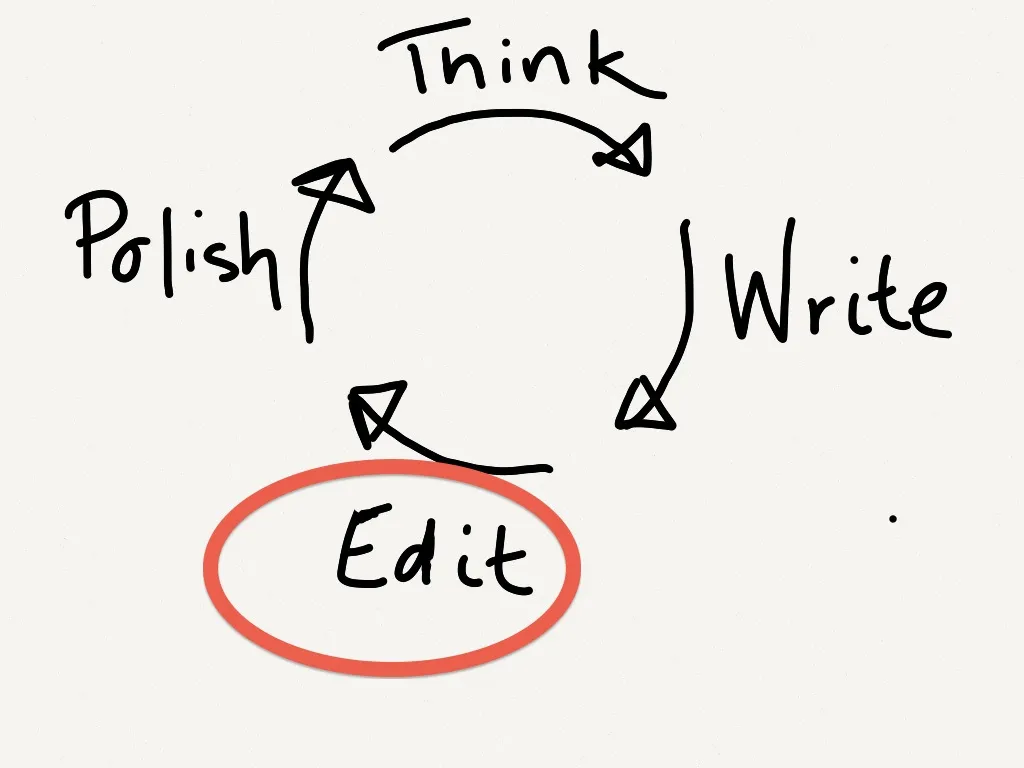If you ask a local authority or a company leader what STEM stands for, they may be able to explain it to you. They can say, It’s all about science, technology, engineering, and mathematics. They may next discuss STEM occupations, such as how engineers and computer programmers earn a lot of money and are in high demand. They might even discuss how more scientific professors are needed to teach STEM subjects.
They wouldn’t be entirely incorrect. They wouldn’t, however, be entirely accurate.
STEM is more than an acronym that groups four courses together, like those in the school system know, and STEAM is the same (adding the Arts into STEM). That’s because STEM and STEAM are teaching philosophies that combine respective fields into a single interconnected and transdisciplinary program that employs inquiry-based teaching approaches to provide students with the skills and information they’ll need to flourish in the real world. Most parents and community leaders are unaware of how revolutionary STEM and STEAM are. They are a whole new manner of teaching that necessitates a new approach to other aspects of education as well.
Make evaluations. Could STEAM students be assessed in the old way, with a pencil and a test sheet covering a single subject at a time, if a typical STEAM session touches on numerous disciplines at once? Obviously not. One of the difficulties in evaluating STEAM pupils is this. Let’s talk about the five main issues in STEAM assessments, then how to understand the solutions and best practices for assessing STEAM in 2021.
1. Disconnected Assessments
The first challenge has already been mentioned. STEM and STEAM are far more than just a collection of 4-5 courses; they are fundamentally different from traditional teaching methods. Whereas formerly Math was taught primarily by Math teachers or was restricted to the Math component of the curriculum, in a STEAM-powered classroom, the many disciplines are seamlessly blended to increase student learning and replicate how information is applied in the real world. This is what we mean when we say STEAM is multidisciplinary and interrelated. Although lessons are taught using a variety of disciplines, assessments are frequently still focused on a single subject at a time.
This is akin to hiring someone to build a house and then grading them on each of the house-building disciplines individually—foundation, framing, plumbing, electrical, and roofing—but never on whether the house is a good house overall. Even if the plumbing, roofing, and every other sub-discipline are done correctly, without evaluating the project as a whole—without identifying whether or not it’s a decent house—the assessment may overlook the forest for the trees. Of course, education differs from home construction, but it’s vital to realize that STEAM and STEM aren’t as unlike as they appear. A pen-and-paper assessment on a single subject will overlook the real-world intricacy of their STEAM teachings if pupils are taught through interconnected projects that mix the several disciplines. STEAM assessments should consider students as active participants in a process-driven application of information, rather than seeing them as passive consumers of knowledge.
2. Disconnected Content
Another significant problem of STEM examinations is the content. STEAM education’s multidisciplinary aspect does not just happen. Adding engineering to a science lecture does not immediately transform it into a STEAM lesson, nor does it guarantee superior learning outcomes. To teach in a STEAM manner, teachers must produce or seek out interdisciplinary content and ensure that it is customized to the needs of their students. No matter how good your assessments are, they will always be disjointed since the lessons are disconnected without material that mixes the numerous disciplines and may be taught in a linked method. It’s the deliberateness with which diverse disciplines are linked that results in learning outcomes that resemble life outside of the classroom. STEAM evaluations will fail if the curriculum does not consistently blend the disciplines and educates in a transdisciplinary manner. The STEAM lessons should come first.
3. Inconsistent Implementation
The implementation problem is the third issue. While many STEM programs strive to create interrelated teachings that span different disciplines, implementation can be uneven. Sometimes a lesson does a fantastic job of this and would benefit from a STEAM evaluation. Lessons can also be similar to the disjointed content we’ve just examined. This is true both inside the STEM curriculum of a single teacher or a school, as well as across districts, states, and countries as a whole. Because there are no set standards for STEM education, it is generally left to schools or teachers to decide how to teach it. On top of their already hectic schedules, instructors are left to create integrated curriculums and evaluation criteria.
Worse, many STEM programs don’t go into great depth on how they integrate and connect the many disciplines. This complicates things because it’s harder for teachers to figure out what they should be evaluated for each lesson. These execution issues make STEAM assessment more difficult, whether it’s due to inconsistent implementation, poor documentation, or a failure to connect lessons to assessments.
4. No Room To Personalize
Another issue with traditional pen-and-paper exams is their rigidity. Traditional assessments are frequently — but not always — designed to evaluate specific items in specific ways. As a result, difficulties like teaching to the exam or a focus on memory over critical thinking arise. These are well-known concerns, and many instructors do a good job of addressing them. When it comes to STEM examinations, there’s another factor to consider: personalization.
STEM and STEAM are ripe for tailored training more than many other teaching approaches. Because STEAM is iterative, holistic, and problem-solving in nature, instructors can alter and change successive learning cycles to meet the requirements of their pupils. This applies to both lessons and assessments, since if teachings are individualized but assessments are not, assessments will become separated from what is being taught and learned. In STEAM, the value of personalization cannot be overstated. Schools risk pressuring pupils to conform to class averages rather than a true assessment of strengths and shortcomings if personalization is not implemented. Students become distracted if assessments do not assist them in their unique learning journey. It would be a tragedy not to make use of the STEAM framework’s great opportunity for this kind of personalization.
5. Not Enough Time & Resources
The final big obstacle is one that everybody involved in education is familiar with. Simply said, teachers have a lot on their plates. “Teachers don’t just have a full plate; they have an entire buffet table,” a SAM Labs educator once said. Educators rarely have enough time or other resources, whether it’s time or other resources. When it comes to assessments, this can be particularly difficult. Successful STEM evaluations can be time-consuming due to the inquiry-driven process. Especially when personalization is taken into account. What if the educator is the one who creates the lessons and assessments? It’s frightening to think about.
This is a challenging topic to overcome since it is possibly the most difficult difficulty of assessing kids utilising STEM and STEAM. Fortunately, there are techniques to control or mitigate all of these issues, as well as assess STEAM lessons intelligently for our kids’ benefit.








